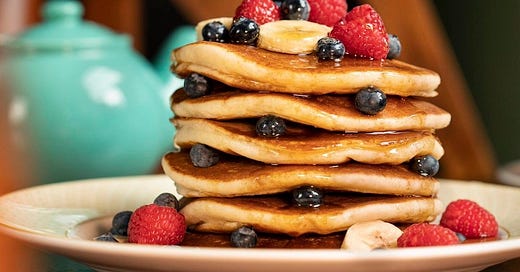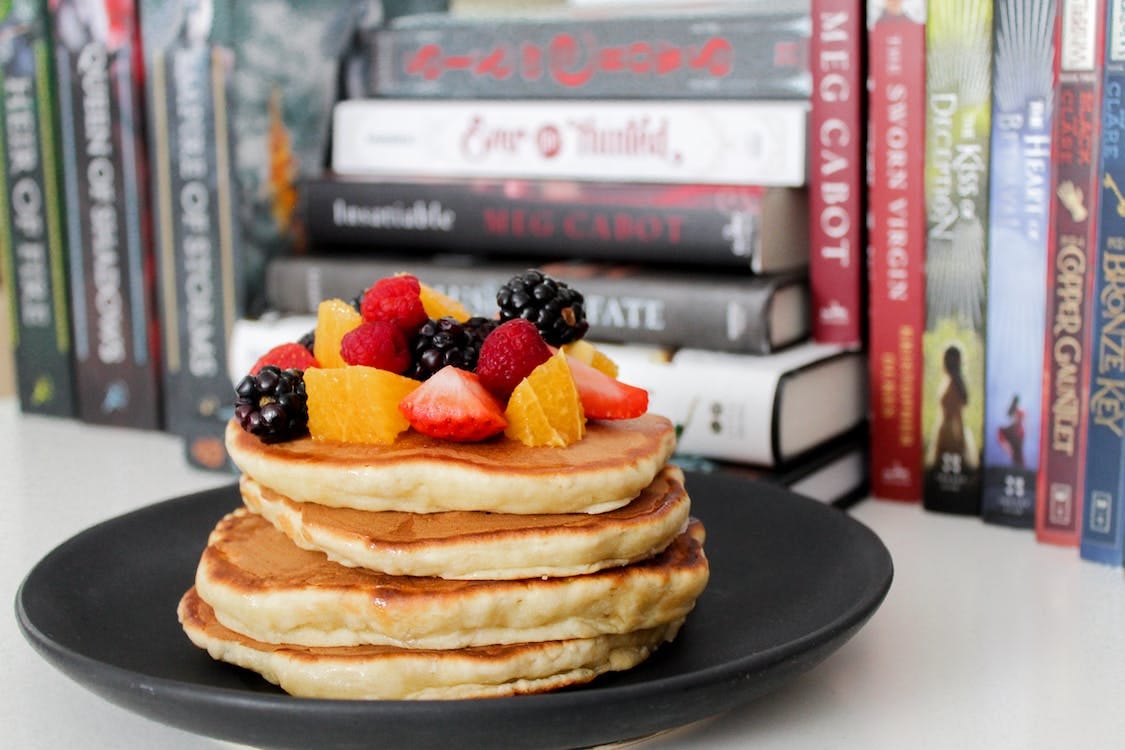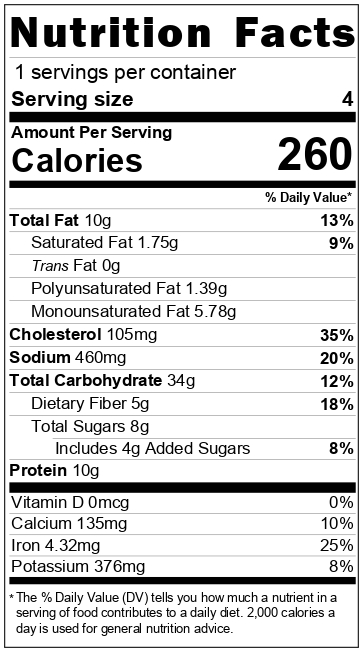Those that have perused through my archive will find several recipes that are meant to give readers an example of how maximizing nutrition will, generally speaking, also maximize flavor in the foods you eat. Sure, there are many other posts that just highlight the goodness of specific fruits and vegetables which may seem boring. But in reality, the money is in the details, as they say. Translation, if you ignore said finer details in how you eat, you will be missing out on a plethora of health benefits. Sure, eating out or not paying attention to what you ingest is convenient. This world is fraught with highly processed and prepared foods which slam your taste buds, giving one a sense pleasure. But, this often is done so by way of lots of added salt and sugars. Oh, and perhaps other artificial flavors. All of which is never good long term. Yet, whole foods prepared with quality ingredients tend to have a higher level of texture and flavor, let alone nutritional value. If you're willing to prepare meals yourself, not only will they be sans artificial colors or flavors, you can intentionally back off on the salt and sugar. Providing a more subtle impact on your pallet while being that much healthier. Here is one such recipe.
I don't know, pancakes seem to be such an American breakfast delicacy. I'm sure cultures all over the globe have their own version of this recipe using their own regionally available ingredients. In America, where dairy is a big thing, these pan-fried thingies are traditionally cooked in and prepared with butter. For myself this poses a problem. That being my bodies particular sensitivity to saturated fats. And butter is predominately saturated fats. When I ingest mild amounts of the stuff, my blood cholesterol levels skyrocket. In addition, I am a person of Greek origin, and we use Extra Virgin Olive Oil for everything...including American style pancakes.
Then there is the issue of flour. Traditionally, the All-Purpose variety is used for pancakes. However, I like to use a whole wheat flour for its higher nutritional profile. (For a more thorough understanding of why this is so, read my post on why whole grains are better.) Specifically, I will use either white whole wheat flour or whole wheat pastry flour. Both these types will bake similar to their all-purpose cousin. If you were to use straight whole wheat flour you may find these a bit more dense for it is milled from a different type of wheat berry. This combined with the fact that it may not be ground as fine. At the end of the day, it really is a personal preference. But for maximum nutrition, choose between whole wheat, white whole wheat, or whole wheat pastry flour.
But wait there's more...!
What makes this particular recipe above and beyond a traditional pancake is the inclusion of two alternate types of flour. That being from almond and coconut.
Coconut flour is made from the flesh of said coconut. After being drained from their water, the skin is removed and flesh remains. Once dried, they're ground to a wheat flour type coarseness. Compared to whole wheat flour, this flour has 3x the amount of fiber, 75% of the amount of carbohydrates, with a 50% increase in protein to boot. Among the different micronutrients on tap are potassium and iron. Both essential.
Almond flour is made by blanching whole almonds to remove their skin with the remaining flesh ground, once again to a wheat flour type texture. Compared to whole wheat flour, this flour has the same amount of fiber, 20% of the amount of carbohydrates, and a 50% increase in protein. Among the different micronutrients on tap are vitamin E, manganese, magnesium, copper and phosphorous. Almond flour is also a great source of good fats (poly and mono-unsaturated fats). You could use almond meal which is ground up whole almonds skin and all. However, I cannot vouch for its texture as I've never tried this myself.
So yes, these flours do offer an even more diverse nutritional profile to this breakfast food, however, this is not why I like incorporating them.
Like I said, when I think about traditional pancakes, I think of butter. But as we established, butter and me don't go well together. Maybe you can relate. However, I find that the inclusion of almond and coconut flour makes up for this loss. It genuinely tastes like butter has been used. Something about this combo gives a butter sort of flavor to me.
Whether you agree with me or not is to be determined. No matter your verdict on my claim, I'm sure you'll find these pancakes absolutely delicious. And remember, nutritious too.
Ingredients
→ 1 large egg
→ ½ cup non-fat milk*
→ 1 ½ tablespoon Extra Virgin Olive Oil
→ ¾ cup Whole Wheat Pastry Flour
→ 2 tablespoons Coconut Flour
→ 2 tablespoons Almond Flour (or meal)
→ ½ teaspoon salt
→ 1 teaspoon baking powder
→ 2 teaspoon honey**
Makes a dozen pancakes.
*Realistically, ½ – ¾ of a cup will be used. I use non-fat milk due to my saturated fat sensitivity, however, any level of fat content will do. Try to use organic milk, it's sans any hormones or antibiotics, and tastes the best. If you like, substitute some of the milk with either yogurt or kefir. Both of which are excellent sources of probiotics, which are great for your digestive and gut health.
**Sugar, or agave, or maple syrup will work just as well.
Instructions
Step 1:
Combine dry ingredients in one bowl and thoroughly mix.
Step 2:
In a separate bowl, whisk egg until the yolk and whites are fully incorporated. Add in remaining wet ingredients and thoroughly mix.
Step 3:
Add wet ingredients into dry ingredients and mix together until just incorporated. Resist the temptation to mix past this point. If you do, all air bubbles will be annihilated. We want fluffy pancakes, not frisbees.
Step 4:
Heat a suitable pan on medium heat with some extra virgin olive oil. Keep an oven safe dish warm in an oven at 150 deg F. Once the oil starts to smoke, the pan is ready.
(Note: A suitable pan would be one with a thick bottom of any material. Preferable of steel or cast iron. The thicker the bottom, the more heat retention. Thin, non-stick aluminum pans will not retain lots of heat and yield less crispy results.)
Step 5:
Poor in ¼ cups worth of batter at a time into the pan to form a pancake. Try not to let the edges touch. A standard size pan should be able to fit three at a time.
Step 6:
Once the batter starts to glaze over slightly on top, or bubble, the pancake is ready to be flipped. Check the bottom of each pancake for a golden-brown color to boot.
Step 7:
Cook the other side until golden brown. Remove and place in warmed dish. Here is where you can drizzle some honey, maple syrup, or agave. Place back in warmed oven to keep warm.
Step 8:
Repeat steps 5-7 until batter is gone.
If the batter is too loose, add more flour. If it’s too thick, add a dash more milk and oil.
If the pancakes are too dense and have not risen, you've either over mixed the batter or used expired baking powder. If they are too dry, then make a note to add more oil with the type of flour you used. If the pancakes lack body and texture, use slightly less almond and coconut flour. If the batter is still loose in the center when they are to be flipped, use less baking powder.
Really the ingredients list is a starting point. The type and brand of flours you use. Different size eggs. Different quality extra virgin olive oils. How long you let the batter sit once mixed. The temp and humidity of your kitchen. All will play a role in causing slight variances in your results. But, following this recipe to the letter for first attempt will be an excellent starting point.
You can double, even triple the ingredients to go 24 or 36 total pancakes. Eat what you want, freeze the rest once cooked making sure they are separated by parchment paper and kept in a freezer lock bag. Chuck them, frozen-and-all, into a toaster oven and they'll come out great.
Below is a nutrition label I've created for a 4 of these pancakes. As for a macro balance. With a serving size of four pancakes, this comes out to: 33% Fat, 52% Carbohydrate, 15% Protein. Over 80% of the fats come from said good fats (poly and mono-unsaturated dietary fats).
Low in saturated fat, Check...! High in vitamins and minerals, Check...! Flavorful, um, Check...! These are great for those that need a load of carbs, or for those that just want to eat well.
Happy Pancaking...!
To help grow this newsletter please Like, Comment, Share, and Subscribe.
To help support this newsletter, consider purchasing a Subscription.







Can't wait to try this recipe!
Do you think it would work worth a GF flour?🤞🏼